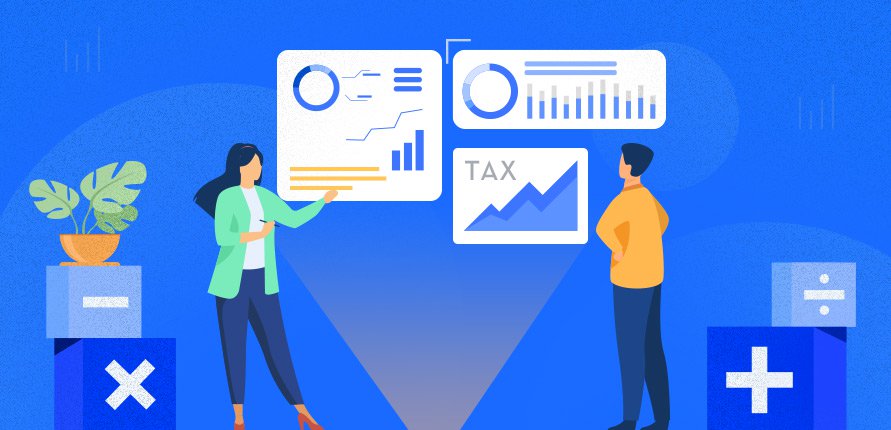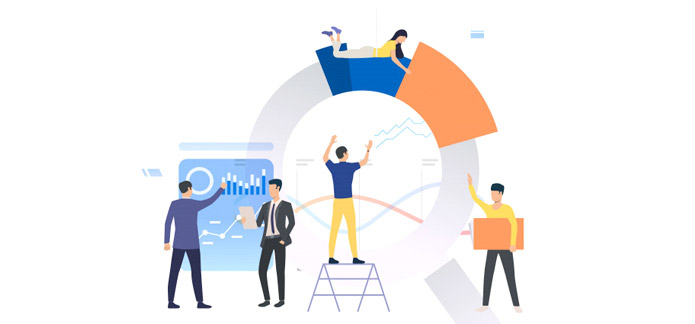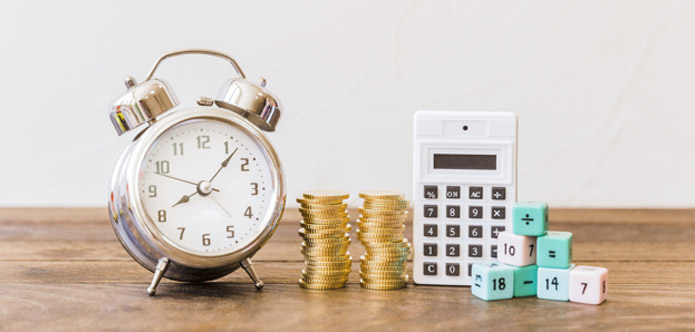
Value-added tax as the term suggests is the tax on value additions. It is a tax levied on value-added at each stage of the supply chain, from production to point of sale. Unlike income tax which is levied on how much income we earn for the year. In other words, VAT is a ‘consumption tax’ that is charged on the purchase of goods and services i.e. how much we consume. Being an indirect tax, VAT is collected by businesses on behalf of the government and ultimately paid into the government’s coffer.
Taxable supplies
Supplies include both goods and services. The VAT is charged on taxable supplies, which are as follows:
- sales, commission, fees
- hiring or loaning goods to someone
- using goods for personal reasons
- selling business assets
- items sold to staff
- bartering, part-exchange, and non-gift sales
Applicable VAT Rates

There are three VAT rates prescribed:
- Standard rate - It is the rate at which most of the goods are charged. The standard rate is currently 20%.
- Reduced rate - It is charged on domestic fuel or power, mobility aids for older people, children’s car seats, etc. The reduced rate is fixed at 5%.
- Zero rate - The goods covered under this rate is VAT taxable and charged to customers at 0%. Though practically no VAT is collected the businesses are still required to record such sales in their VAT account and report them in the VAT return. Zero vat rates are applicable to books, newspapers, motorcycle helmets, children’s clothes, and shoes, etc.
Exempt supplies
Some supplies are exempt from VAT. No VAT is charged on goods that are exempt. While Zero-rated supply is part of in taxable turnover and needs to be accounted and reported, but exempt supplies are not included in taxable turnover for VAT purposes. Also, the buyer cannot reclaim VAT on buying exempted supplies.
Furthermore, if all the goods and services provided by a business are exempt from VAT, then such business is not required to register in the VAT.
However, if a business is VAT-registered and incurs VAT on any items that will be used to make exempt supplies, then such businesses are classified as partly exempt.
Examples of exempt goods are- Sponsored charitable events, Admission charges by charities, Charitable fundraising events, etc.
Who is covered under VAT?
Any business whose turnover in the past 12 months exceeded the threshold of £85,000 or it is likely that the turnover will soon cross this threshold, needs to get registered for VAT. In other words, a business has to compulsorily register for VAT only when taxable supplies made in the UK exceed £85000 on a rolling 12-month basis, not a financial year.
Charging VAT

The VAT is charged in addition to the cost of goods and services. VAT needs to be charged at the rate applicable to the said goods and services. No VAT should be charged on goods that are exempt or are out of the purview of VAT.
VAT records
Mainly the normal business records are required to be created and kept. There are only two other requirements specific to VAT. These are:
- To maintain a VAT account and
- To issue VAT invoices as per requirements of VAT law, aka Value Added Tax Act 1994.
VAT recordkeeping

The VAT records need to be kept for at least 6 years. Records may be maintained in physical books, spreadsheets, or using accounting software. Regardless of the way they`re being preserved, they need to be accurate, complete, and in legible shape. Businesses covered under MTD for VAT need to keep records in digital format only.
Payment of VAT

Where the output VAT is more than input VAT, the situation to pay VAT arises.
The difference between the amount of VAT paid on purchases (input VAT) and VAT charged on sales (output VAT) is to be paid. The payment of VAT can be made through the following modes:
On the same day or next day through online or telephone banking, CHAPS
Within 3 working days through direct debit, bacs, standing order, online by corporate debit or credit card, at a bank or building society.
To find out about the VAT payment deadlines click here.
VAT accounting period
Generally, every business needs to prepare a VAT return and pay the VAT bill to HMRC every 3 months. This period is called a VAT accounting period.
VAT return
A VAT return is a record that shows total sales and purchases, amount of VAT owed, amount of VAT that can be reclaimed, and VAT refund from HMRC for a particular VAT accounting period. VAT return needs to be submitted by every business registered for VAT regardless of the fact that they don’t have any VAT to pay or to reclaim. To find out more about VAT return deadlines click here.
MTD for VAT
It is one of the major developments in the history of UK VAT. Read more about it in our blog MTD for VAT.












